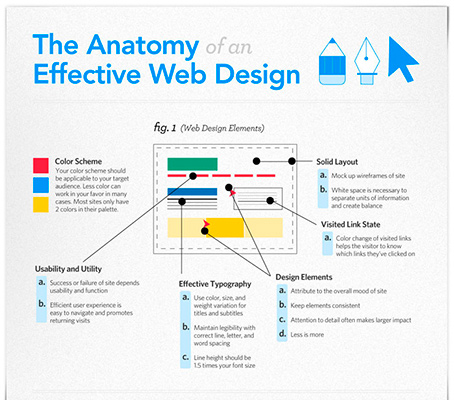Website Layout Basics: Tips For Building A User-Friendly Site
Website Layout Basics: Tips For Building A User-Friendly Site
Blog Article
Material Develop By-Hall Secher
When it pertains to website layout, guaranteeing user-friendliness is key. From receptive style to structured navigating, every aspect plays a vital duty in creating a site that deals with your target market's demands. However what regarding the better details that can make or damage an individual's surfing experience? Stay tuned as we discover some often-overlooked tips that can raise your web site's functionality to the next degree, making it really attract attention in the electronic landscape.
Significance of Responsive Style
Receptive style is a vital facet of modern internet site development. Guaranteeing your internet site is receptive ways that it can adapt to different screen dimensions and tools, supplying a seamless experience for customers.
With the raising use of smart devices and tablet computers to access the internet, having a responsive design is essential for getting to a larger target market. It assists in improving user experience by making your internet site simple to navigate and continue reading any gadget.
Furthermore, responsive style can positively affect your online search engine rankings, as search engines like Google focus on mobile-friendly sites. By having a receptive style, you're likewise future-proofing your internet site, as new devices with varying display dimensions remain to arise.
Simplify Navigating Structure
To improve user experience and help with very easy accessibility to details on your web site, streamlining the navigating structure is vital. When making your site, focus on creating a clear and intuitive navigating menu that assists visitors locate what they're looking for swiftly.
https://www.searchenginejournal.com/how-to-optimize-videos/422208/ of menu products to the basics, grouping associated web pages with each other to avoid frustrating users. Usage detailed tags that clearly suggest the content of each page, making it simpler for individuals to understand where each web link will certainly take them.
Think about applying dropdown menus for subcategories to prevent cluttering the major navigation bar. In web content development , include a search bar plainly on the web page for users that choose looking for details information.
Focus on mobile responsiveness in your navigating style to guarantee simple access on all devices.
Maximize Web Page Load Rate
Improving web page lots rate is essential for preserving visitors on your website. Slow-loading web pages frustrate users and can result in high bounce rates. To optimize web page tons speed, start by maximizing photos. Press images without endangering high quality to reduce their file sizes.
Furthermore, enable browser caching to keep regularly accessed sources in your area, quickening load times for returning visitors. Minify CSS, JavaScript, and HTML files by eliminating unnecessary characters, remarks, and formatting, improving lots speed.
Think about making use of a material delivery network (CDN) to distribute your web site's web content throughout multiple web servers worldwide, reducing latency for users accessing your website from various areas. Last but not least, restrict using third-party scripts and plugins, as they can considerably impact lots times.
Final thought
Finally, by including responsive design, streamlining navigation, and enhancing page lots rate, you can develop an user-friendly website that attract a wider target market and enhances individual experience. These essential elements make certain that visitors can conveniently accessibility and navigate your site across different gadgets, leading to raised engagement and complete satisfaction. By focusing on these key facets, you can develop an effective website that keeps users returning for more.
